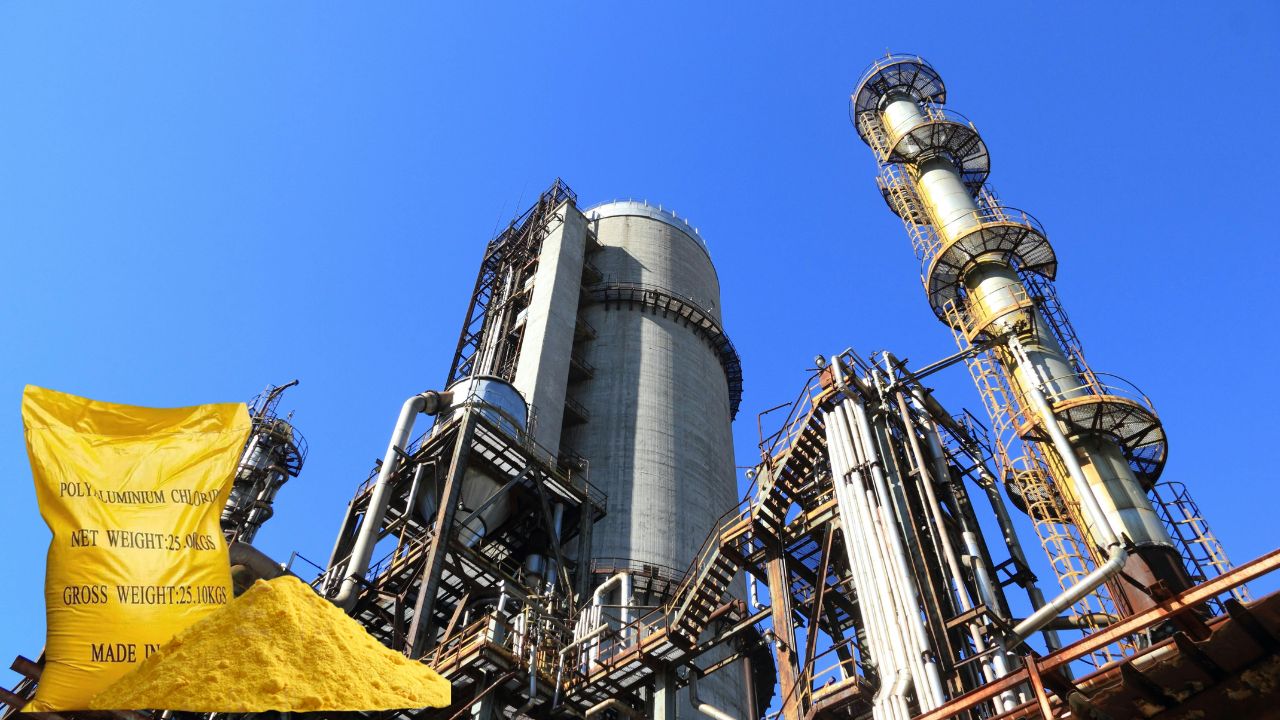To minimize the risk of overpollution, wastewater authorities and recognized global organizations have established guidelines for these companies to follow. Its aim is to rescue the Earth from being poisoned.
Failure to comply will result in strict fines and shutdowns. To solve this problem, in comes a chemical called PAC or poly aluminium chloride, which is a powerful coagulant. It is highly effective and suitable for various industries. This article will analyze the specifics of the industrial wastewater PAC coagulant in facilitating compliance with discharge regulations by the industries.
Understanding Global Discharge Regulations
Global discharge regulations may vary by region, but they all have a common agenda of reducing harmful pollutants to protect water bodies and ecosystems. Standards typically limit concentrations of:
- Turbidity
- Heavy metals like lead and chromium
- COD
- Biochemical oxygen demand (BOD)
- Phosphorus and nitrogen compounds
Ordinances against water pollution are being tightened by governments across the world due to awareness of the effects of long-term water pollution. Nevertheless, industrial plants face great difficulty in meeting these regulations.
Introduction to PAC Coagulants
Polyaluminum Chloride (PAC) is one of the best and commonly used coagulants in water and wastewater treatments. It forms clumps of impurities, which makes it easy to remove.
PAC is available in powder and liquid forms to suit different industrial areas.
In contrast to the conventional coagulants, such as alum and ferric sulfate, PAC is efficient over a wider pH range. It gets more packed flocs, thus settling faster. It is more economical in terms of resistance to variations in water quality and reductions in chemical dosage requirements.
PAC’s Contribution to Meeting Specific Regulatory Parameters
PAC can effectively work on enhancing the various important parameters of water quality. This is geared towards assisting the industrial plants to achieve the strict discharge criteria stipulated by authorized bodies.
Total Suspended Solids (TSS)
PAC also effectively removes suspended solids and coagulates such that much clearer water is produced. Removal can be up to 98 percent, greatly decreasing turbidity and solid particulate discharge.
Chemical Oxygen Demand (COD) and Biological Oxygen Demand (BOD)
PAC significantly reduces COD and BOD, aggregating the organic matter and the suspended pollutants. COD is reduced by up to 60%. This is critical to achieving oxygen depletion thresholds in water bodies.
Nutrients and Phosphates
PAC is used to control nutrient pollution related to phosphates and nitrogenous compounds that are major causes of eutrophication. A decrease in these nutrients will match EU and global stipulations with a view to safeguarding aquatic ecosystems.
Heavy Metals
PAC adsorbs heavy metals such as:
- Iron
- Manganese
- Chromium
- Lead
PAC often reduces its concentrations below stringent regulatory thresholds. This is because they are very harmful to aquatic life and can also enter the human food chain.
Color and Turbidity
PAC clears colored compounds by flocculation into dense flocs. This minimizes turbidity and improves the aesthetics of water. The clear water is subsequently safe to drink.
Why Is PAC Better Than Other Coagulants?
Compared with conventional coagulant materials such as alum or ferric chloride, PAC has a number of positive aspects that increase the effectiveness of wastewater treatment:
It works within a broader pH range and is less sensitive to water quality changes, thus it is capable of stable operation.
PAC provides high-rate flocculation and sedimentation to speed up treatment cycles and to expand plant capacity.
PAC also demands a lower dosing rate to attain the required removal of a contaminant. This minimizes the consumption of chemicals and the impact on the environment.
It also produces less sludge, relieving the burden and expense of sludge management, as well as reducing remaining levels of residual aluminum in treated water.
Operational Benefits for Industrial Plants
PAC brings significant operational advantages in addition to regulatory compliance to industrial facilities.
Less chemical usage and smaller sludge volume mean cost savings in chemical purchasing and handling, including disposal. PAC consistently performs through coagulation, improving the reliability of treatment and making it easier to control the process, minimizing downtime and maintenance.
This leads to the reliable quality of effluents that enables clear reporting of compliance with audits. This all reduces the risk of regulations. More importantly, PAC is in line with global sustainability efforts and CSR goals.
Conclusion
Poly Aluminium Chloride is a notable coagulant that cannot be overlooked in the manufacture of industrial plants in order to adhere to discharge policies around the world. Superior treatment efficiency and other benefits make it a superb choice in varied industrial wastewater management uses.
In a world where governments start to increasingly demand even stricter standards of wastewater discharge, PAC usage should grow. That will help bring the world closer to a safer and greener tomorrow.


